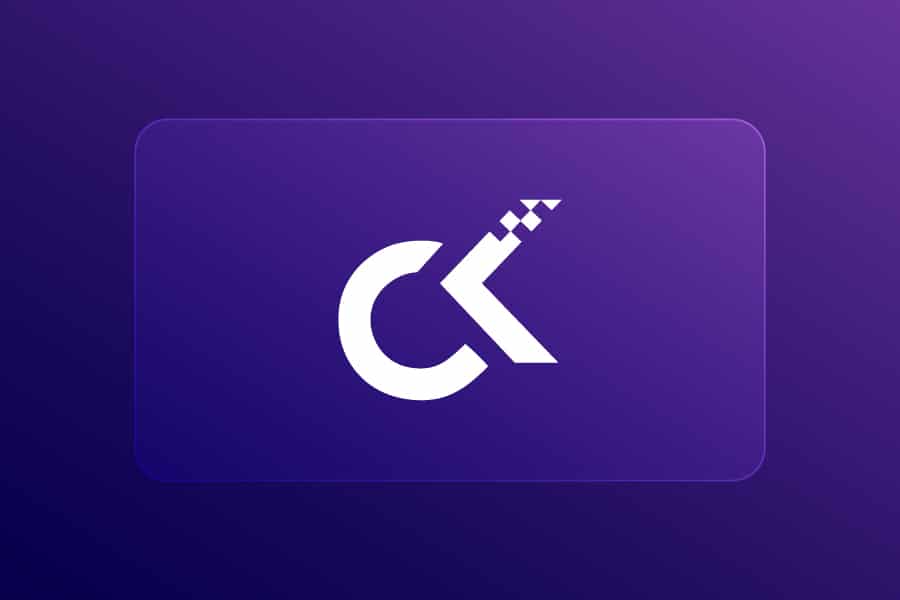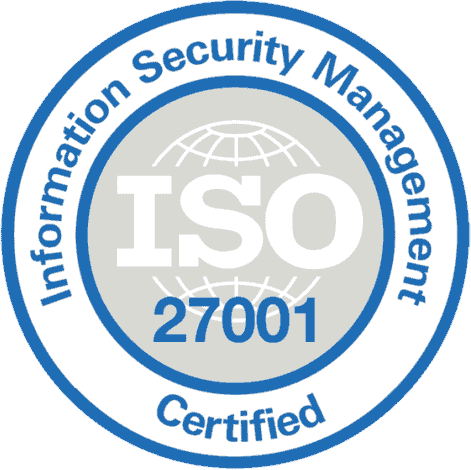When you are assessing multiple integrators and vetting a managed service provider (MSP), factors like efficiency, cost-effectiveness, and reliability are bound to be top of mind. But discussing your requirements with a third party provider could also mean additional risks to your existing layer of security, leading to questions about your privacy, sensitive company information, private databases, etc. Here is a baseline of security considerations and the typical privacy challenges you should be aware of while deploying production workloads on a public cloud computing platform.
Mitigating the risks associated with using service providers is a responsibility shared between the organization (the “tenant”), the cloud service provider, and the MSP. However, not everyone realizes that companies are ultimately responsible for protecting their systems and ensuring the confidentiality, integrity and availability of their data. So how do you go about this?
Managing Your Security While Engaging A Managed Service Provider
Companies outsourcing their IT infrastructure should have a preliminary workshop with the MSP to understand how the arrangement works. Your session should start with a detailed risk assessment followed by mitigations for these considerations:
- How does the MSP protects the client’s data or sensitive information?
- What kind of security posture and mitigation processes kick in during incidents?
- How can SLA quality maintained?
- What kind of components are implemented to secure the data and information alike?
- How does the MSP mitigate potential challenges while maintaining timely incident detection and response?
- How is consistent service quality ensured outside typical work hours?
Best Practices by Successful Managed Service Providers
Have self-managed next-gen firewalls: The right combination of external and internal firewalls can create a powerful barrier to potential breaches, improving the security of the data handled by MSPs.
Ensure end-to-end encryption: This protects the data at every point throughout its transmission.
Encrypt data at rest: This makes it difficult for unauthorized users to access information from service providers, even if intruders happen to breach the security fence.
Provide granular user access to information: Instead of allowing any user on a server or device to access data, they can authorize only certain users to view the information. As a result, even if a user manages to get to a file, they cannot access the information on that file unless they are listed as an authorized user. This is in addition to many more layering securities.
Remember, keeping data secure is one of the primary responsibilities of an MSP. By choosing the right MSP, you’ll get managed security solutions that will help protect sensitive data, ensuring its integrity and security.



